The Challenge
In this country, we are blessed with countless historic and beautiful buildings. Buildings that our children can visit to learn more about the world and its history, for families to come and visit for a day out and to attract tourists. They are an important part of our culture – and one that we must protect.
The harsh truth, though, is that these properties require a great deal of upkeep. As the old materials begin to show wear, they need to be maintained or replaced. Then there are hazardous materials like asbestos, dust and mould that pose a genuine health threat – these need to be carefully treated by professionals to reduce the risk both to people and the buildings themselves.
For many of these properties, the responsibility of their upkeep falls on non-profit organisations, like trusts and museums. They rely heavily on donations and fundraising to keep these buildings in working order so that we can all enjoy them. This is why it is so important that they trust the professionals that they hire to complete the work.
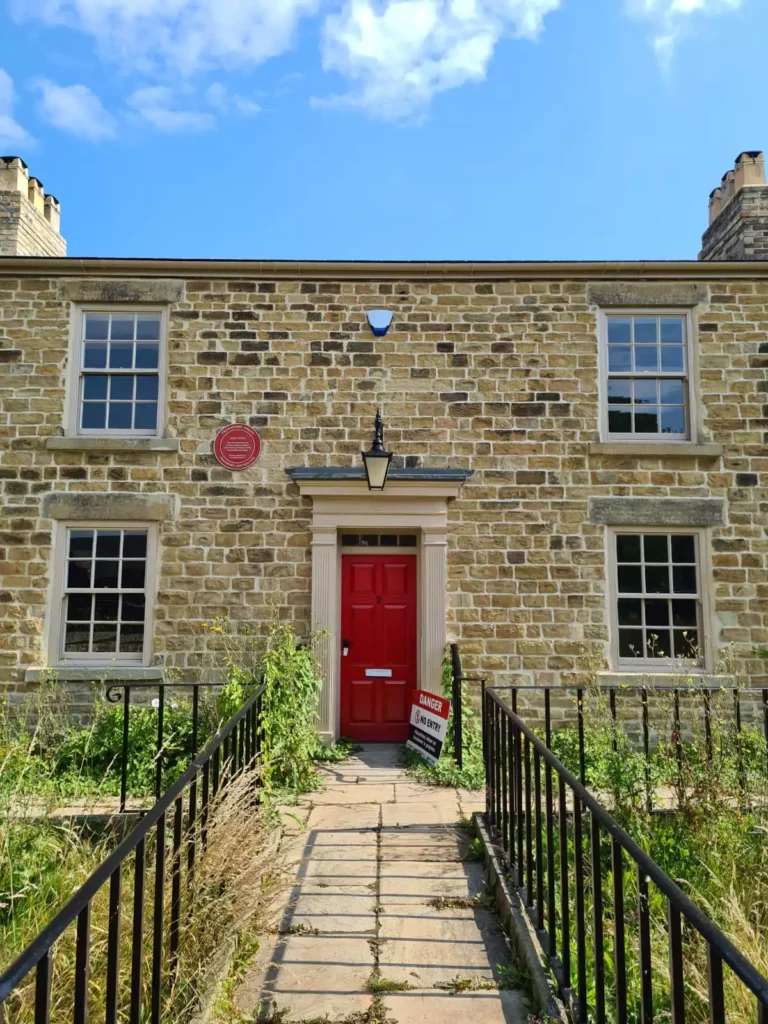
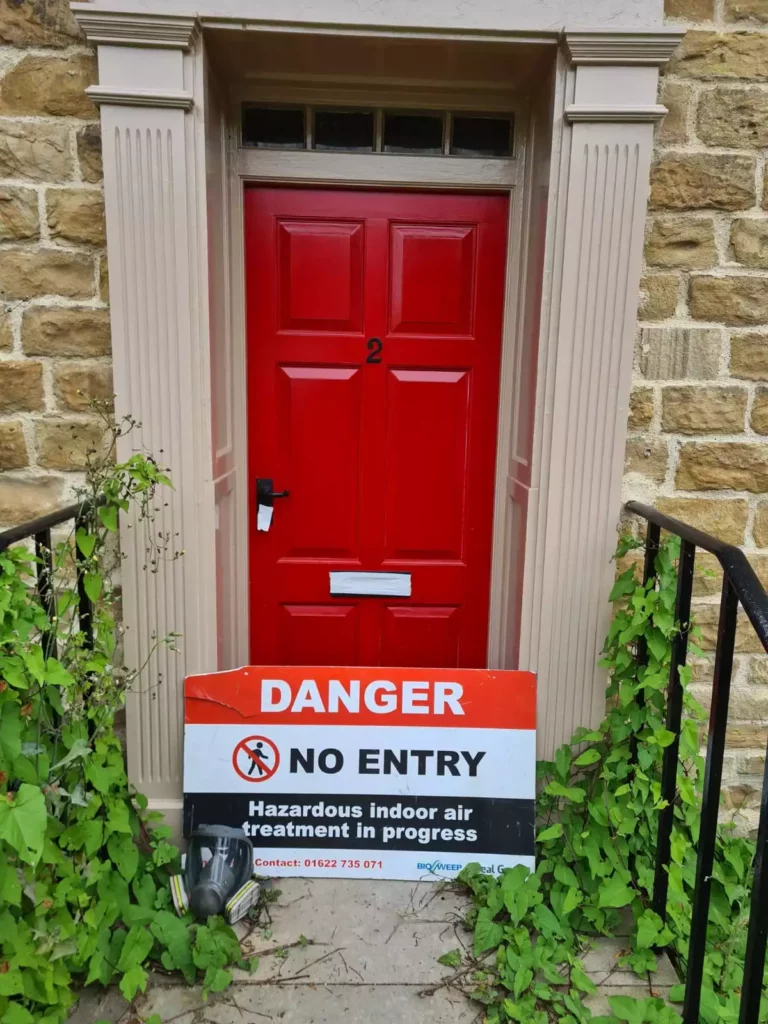
The National Railway Museum’s Locomotion in Durham ran into this exact problem recently. Mould had been discovered in four different properties on their site, including their Grade II* listed building – the home of railway engineer Timothy Hackworth, considered “one of the true pioneers of railway”. They knew that they needed to hire a company to come in to perform the mould removal, but it needed to be someone they could trust to work around the specific needs of a Grade II* listed building – in the top 10& of listed buildings in the country.
They called Ideal Response.
The Ideal Solution
A survey had already been completed by a third party, so when we arrived on site we had a good grasp of the scale of the job in front of us. Mould had been found in four properties in total, the entire downstairs of two cottages and three rooms of two houses. The lofts of the cottages would also require remediation work, which we treated as a separate job.
The mould had spread extensively in the affected areas, which meant that we were required to remove skirting boards in order to do a thorough job. Our team are more than capable, though, and took great care to ensure the property was left unharmed by our work.
Our four-stage mould remediation process goes as follows:
- Stage 1: We removed the surface mould with our industry-leading HEPA-rated vacuum system
- Stage 2: Manually wash down all of the surfaces to ensure everything has been removed
- Stage 3: Application of a specially formulated fungicidal solution which acts as a barrier against mould to protect the surfaces
- Stage 4: An Ultra Low Volume (ULV) fogging of broad-spectrum biocide in the properties to remove any airborne mould particles. This also takes away the musty smell that mould often produces
Even with the mould now removed, we knew that our job was far from over. We know that mould is a by-product of a problem within the property – damp. We needed to fix the cause of the problem, otherwise, it would just keep recurring. A drying programme was initiated.
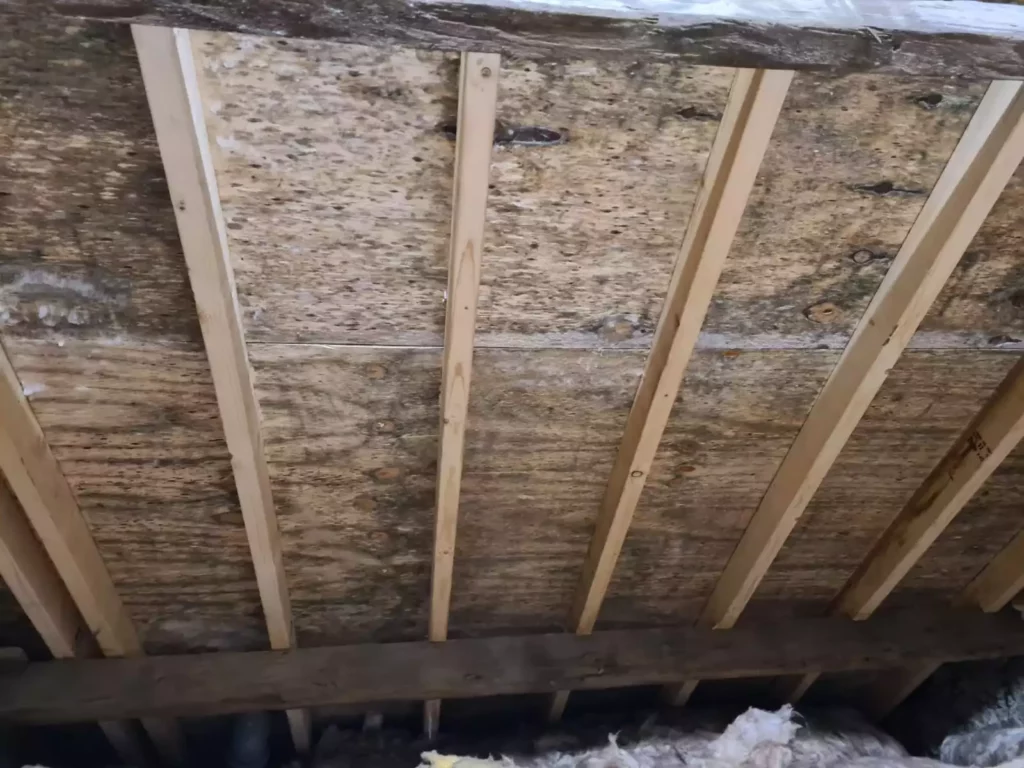
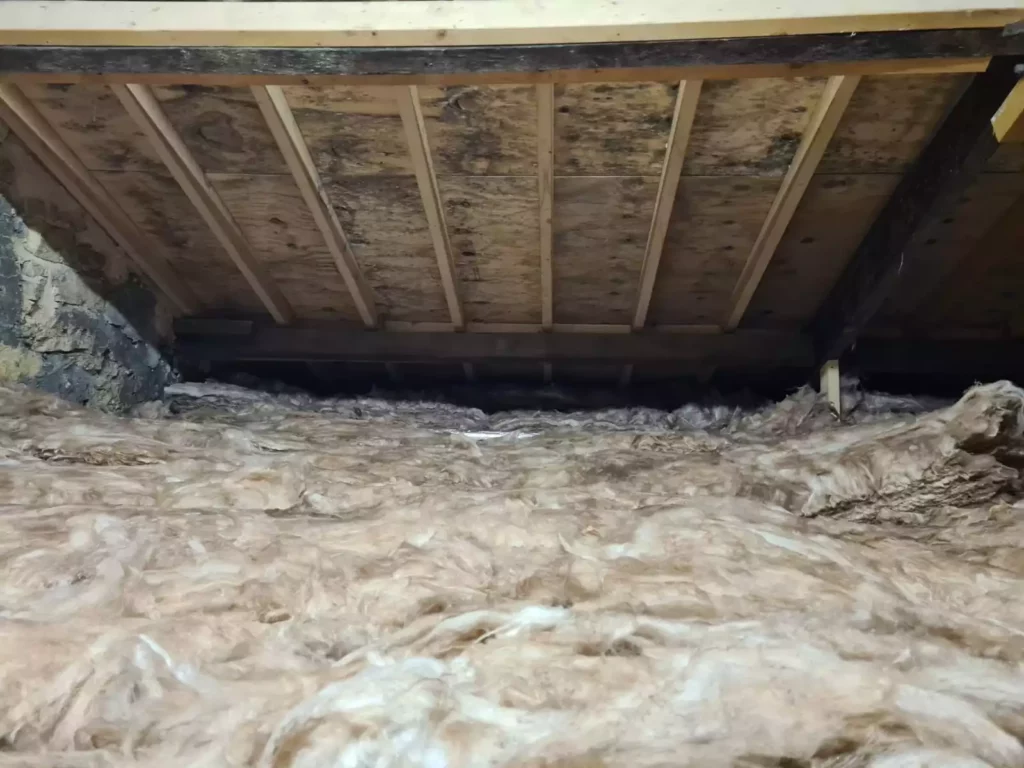
We installed 4 Dri-Eaz 1200 dehumidifiers, one for each property, for an initial two week period. This was to prevent any regrowth before the mould in the loft could be addressed. We continued to monitor the progress of the drying, and it was decided that an extended programme would be required.
When we had completed the mould remediation in the loft spaces of the cottages, we were able to conduct a BioSweep across all four properties to ensure that the environment was completely clear of mould spores and unpleasant smells.
A full BioSweep has five phases:
- Phase 1 – Germicidal radiation: UV is used to radiate any microorganisms in the air, rendering them unable to reproduce
- Phase 2 – Plasma gas attack: Using a combination of oxygen, hydroperoxide radicals, atomic oxygen radicals and oxygen, microorganisms are sterilised.
- Phase 3 – Oxidation: A complete decontamination as the hydrogen peroxide combines with the trivalent oxygen from the equipment chamber.
- Phase 4 – Hydroxyl radical production: More oxyradicals are produced as nanoparticles within the chamber undergo a photocatalytic reaction as a result of the UV.
- Phase 5 – HEPA filtration: All remaining harmful particulates are hoovered up using these specialised vacuums
The Result
Removing mould in a Grade II* listed building is an incredibly tricky proposition for most companies. The logistics and the amount of care required to protect a building of this calibre needs serious planning and consideration.
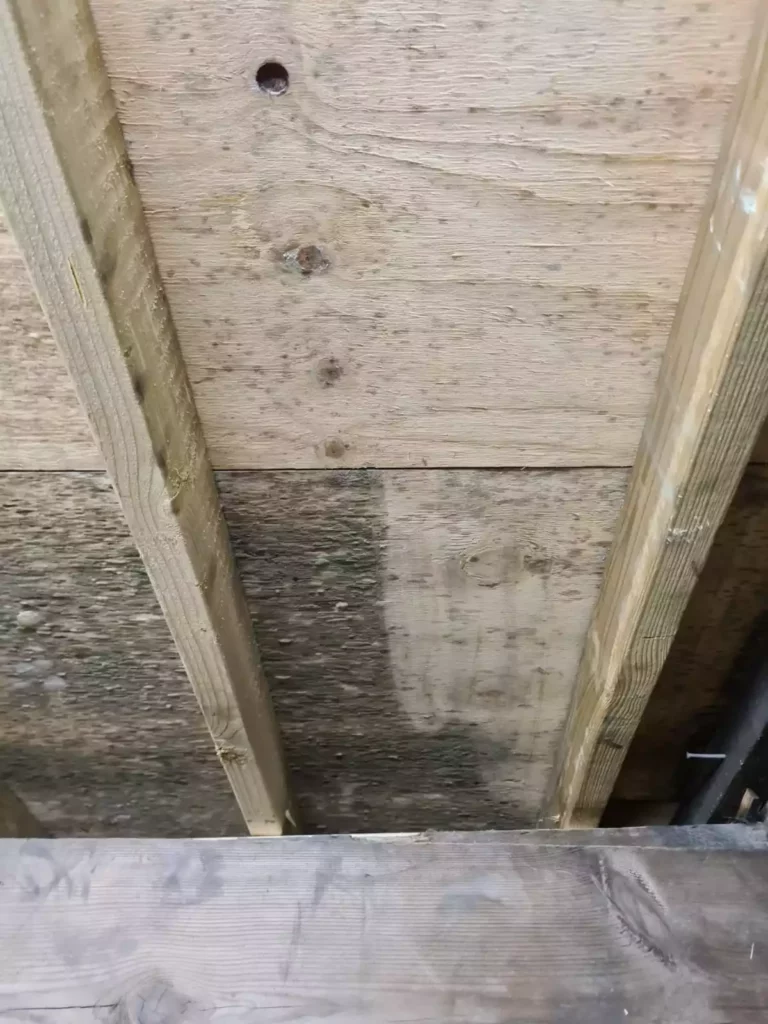
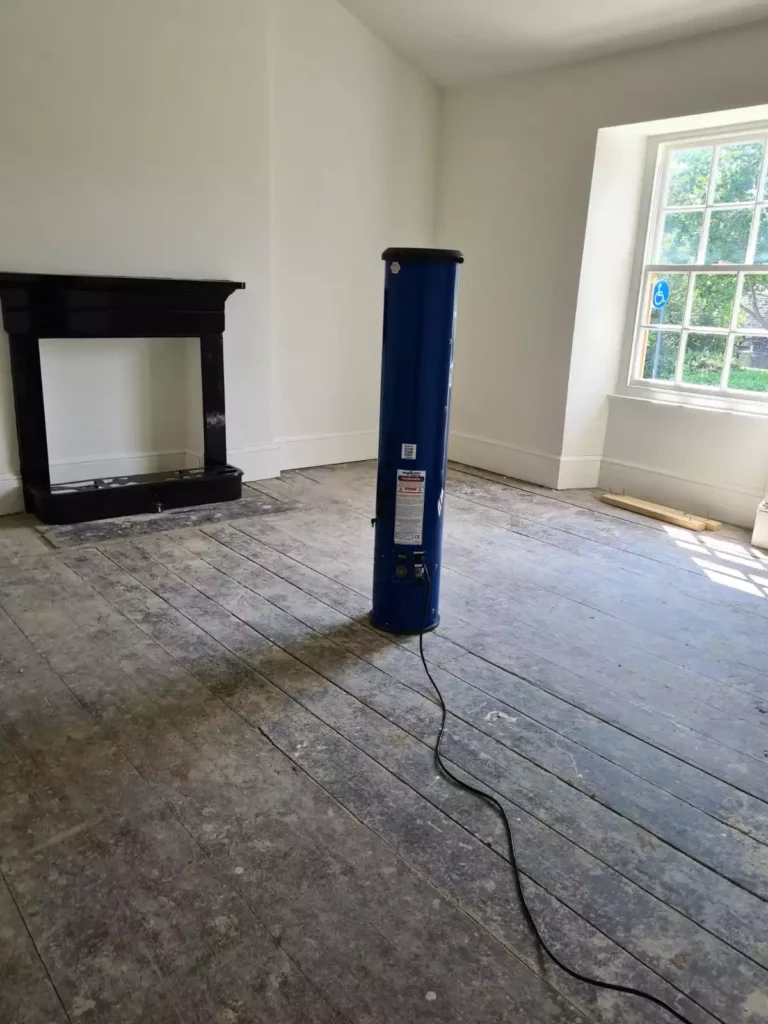
At Ideal Response, we don’t shy away from jobs because they might be difficult, we revel in them.
Once we had completed all of our work, which took place over the course of four months we had not only cleared all four properties of any trace of mould, but we had also taken steps to ensure that the same problem doesn’t come back again any time soon.
Most importantly, this work was carried out with minimal impact on one of this country’s most treasured buildings. The work for the museum now continues on getting a maintenance plan in place so that it can be fully opened to the public for generations to come.



